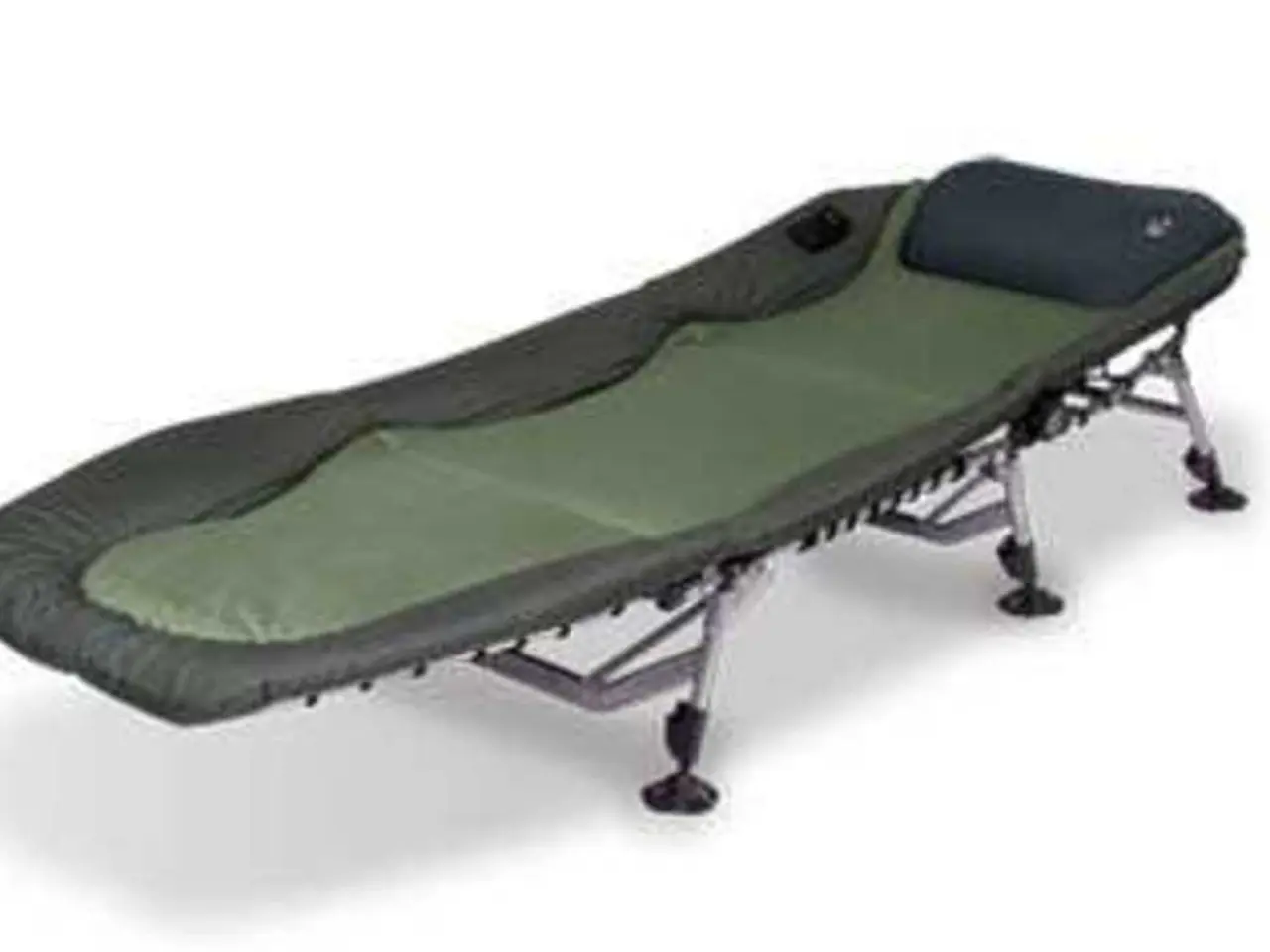Frequently asked questions about blood pressure checks: What should be the timing, frequency, and preferred arm?
### Title: Accurate Blood Pressure Measurement at Home: A Guide for Effective Self-Monitoring
In the quest for maintaining optimal health, understanding and accurately measuring blood pressure at home plays a crucial role. Here's a comprehensive guide on how to measure blood pressure accurately, as well as recommendations for measurement frequency and arm selection.
#### Measuring Blood Pressure Accurately
1. **Choosing the Right Device**: Opt for a validated digital upper-arm cuff monitor, recognised by organisations such as the American Heart Association or the British Hypertension Society. Digital monitors are preferred for home use due to their ease, consistency, and features like irregular heartbeat detection and automated averaging.
2. **Proper Cuff Size and Placement**: Ensure the cuff size matches your arm circumference, and wrap it snugly around your bare skin about 1 inch (2–3 cm) above the elbow crease, with the tubing aligned over the brachial artery.
3. **Preparing for Measurement**: Sit quietly and rest for at least 5 minutes. Ensure your back is supported, and feet are flat on the floor. Rest your arm on a surface, supported at heart level. Avoid smoking, caffeine, exercise, or talking 30 minutes prior to measurement.
4. **Taking Multiple Readings**: Take at least two readings spaced one minute apart and record the average. It's ideal to measure at the same times daily (typically morning and evening).
5. **Avoiding Common Errors**: Do not measure over clothing, keep still and relaxed during measurement, and use the same arm consistently unless otherwise advised by your healthcare provider.
6. **Logging and Sharing Results**: Keep a log with date, time, and any relevant conditions (stress, pain). Share readings with your healthcare provider for accurate assessment.
#### Recommended Measurement Frequency and Arm Selection
- **Frequency**: For home monitoring, measuring twice daily (morning and evening) is common practice. However, follow your healthcare provider’s recommendations, which may vary depending on your condition or treatment plan.
- **Arm Selection**: Blood pressure is typically measured on the upper arm. Choose the arm based on your healthcare provider’s advice, but consistently use the same arm for accurate trend tracking. In cases where arm measurement is not possible (e.g., disability, stroke), ankle measurements may be used with specialized interpretation, though arm measurements remain the standard.
By adhering to these guidelines, you can ensure accurate, reliable blood pressure measurements at home that can effectively guide clinical decisions and personal health management. Early detection of high blood pressure allows for faster measures to lower it, making regular monitoring crucial, according to Professor Markus van der Giert.
- Maintaining optimal health involves understanding and accurately measuring blood pressure at home, especially for those suffering from chronic diseases such as chronic kidney disease and other medical conditions.
- The importance of nutrition, fitness, and exercise in health and wellness cannot be overstated, making it essential to monitor blood pressure accurately to maintain cardiovascular health.
- Understanding your blood pressure readings can help you make informed decisions about your health, which is crucial in managing chronic kidney disease or any other chronic diseases.
- Regular self-monitoring can also provide valuable data for healthcare providers to assess and adjust treatment plans for chronic diseases like chronic kidney disease, ensuring the most effective management possible.




